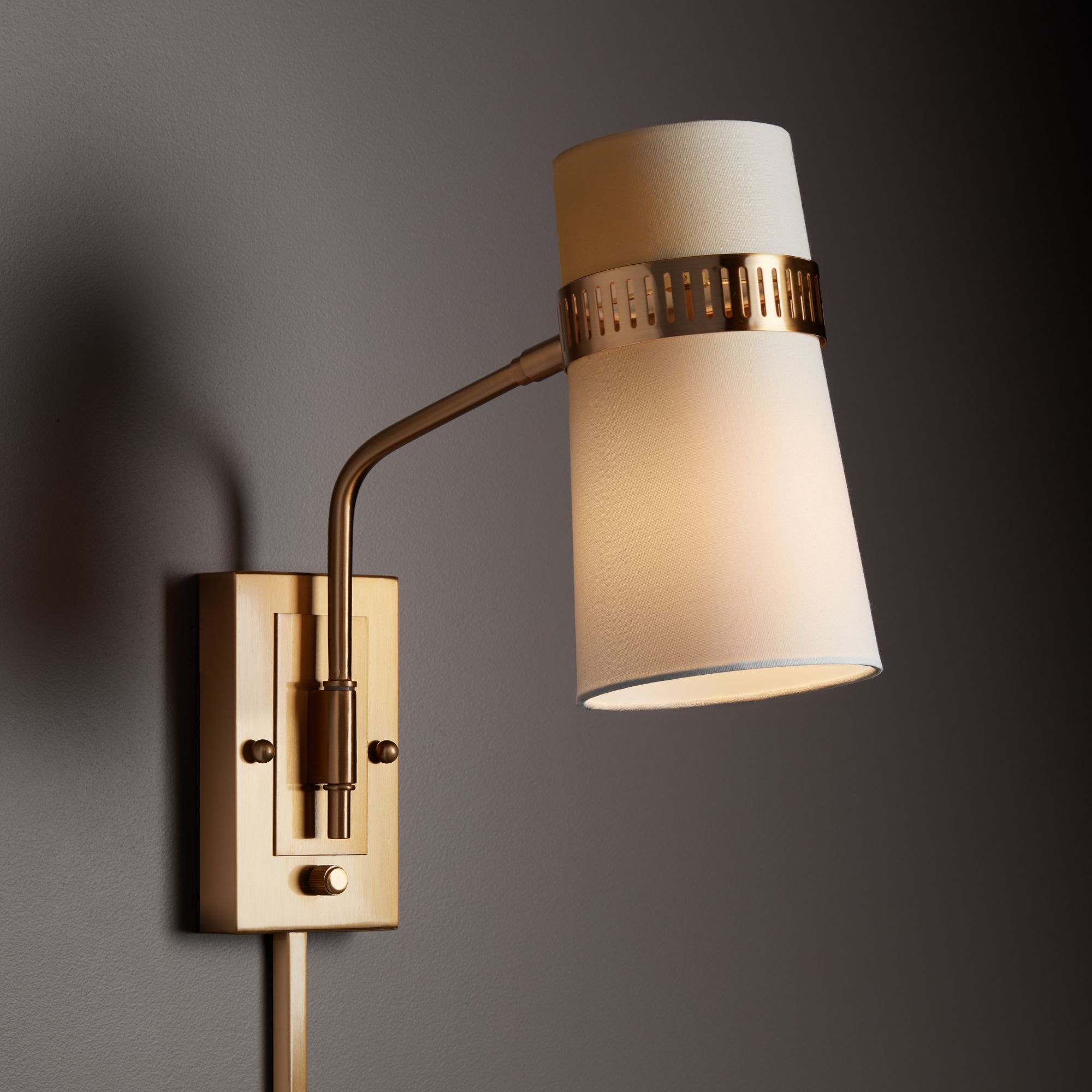Understanding Mains Voltage and LED Under Cabinet Lights: Mains Voltage Led Under Cabinet Lights

Let’s talk about the electricity that powers your home and the lights that illuminate your kitchen cabinets – a dynamic duo that can sometimes feel like a mystery. We’ll unravel the secrets of mains voltage and how it relates to LED under cabinet lights.
Mains Voltage Around the World
Mains voltage, also known as line voltage, is the standard electrical voltage supplied to homes and businesses in a particular region. It’s the juice that powers your appliances and lights. However, the voltage can vary depending on where you live.
- North America: Typically uses 120 volts.
- Europe, Asia, and parts of Africa: Usually use 220-240 volts.
- Japan: Operates on 100 volts.
Voltage Requirements for LED Under Cabinet Lights
LED under cabinet lights are designed to operate within a specific voltage range. It’s crucial to choose lights that match the mains voltage in your area to ensure proper operation and prevent damage.
- 120-volt LED under cabinet lights: Ideal for North America, these lights are designed to work with the standard 120-volt power supply.
- 220-240-volt LED under cabinet lights: Suited for Europe, Asia, and other regions with a higher mains voltage, these lights are built to handle the increased voltage.
- 100-volt LED under cabinet lights: Specifically designed for Japan’s 100-volt power system.
Importance of Matching Voltage
Matching the voltage of your LED under cabinet lights to the mains voltage is essential for several reasons:
- Safety: Using lights with a voltage rating different from your mains voltage can create a fire hazard. Imagine a 120-volt light plugged into a 220-volt outlet – not a good idea!
- Performance: Using the wrong voltage can cause the lights to operate poorly, dim, flicker, or even burn out prematurely. Think of it like trying to run a marathon on a half-full tank of gas – you’ll run out of steam before you reach the finish line.
- Warranty: Most LED under cabinet lights come with a warranty, but using them with the wrong voltage can void the warranty.
Common LED Under Cabinet Lights and Their Voltage Specifications
Here are some examples of popular LED under cabinet lights and their voltage specifications:
- Philips Hue Lightstrip Plus: Available in both 120-volt and 240-volt versions, allowing for global use.
- GE C-Life LED Under Cabinet Lights: Designed for 120-volt applications, these lights are perfect for North American kitchens.
- Lithonia Lighting LED Under Cabinet Lights: These lights are available in both 120-volt and 240-volt versions, catering to various international markets.
Installation and Wiring Considerations
So, you’ve got your snazzy new mains voltage LED under-cabinet lights and you’re ready to illuminate your kitchen like a Michelin-star restaurant (or at least, like a slightly fancier version of your current kitchen). Let’s get those bad boys wired up! Remember, if you’re not comfortable working with electricity, call a qualified electrician. Seriously, don’t become a statistic – we need you to tell us more funny stories later.
Installing mains voltage LED under-cabinet lighting involves a few key steps, and a healthy dose of caution. We’re talking about electricity here, not a gentle kitten – respect its power! Proper installation ensures your lights shine brightly and safely, without turning your kitchen into a fiery inferno. We’ll cover the essential steps, from safely connecting the lights to your electrical system to the importance of grounding.
Connecting to the Electrical System
First, you’ll need to locate the correct circuit breaker in your electrical panel. This is the big box full of switches that controls the power to your house. Turning off the breaker to the circuit you’ll be working on is the first and most important step. Think of it as giving the electricity a time-out. Next, carefully remove the existing cover plate from your junction box. Now, this is where things get a little more involved. You’ll need to connect the wires from your LED lights to the existing wiring in the junction box. This usually involves connecting the live wire (typically red or black), the neutral wire (usually white or gray), and the ground wire (usually green or bare copper). Always double-check your wiring before turning the power back on! Using a wire stripper and crimp connectors ensures a solid and safe connection. Remember, a bad connection can lead to overheating, so do it properly. If in doubt, consult an electrician. They might even tell you jokes!
Transformer or Converter Use
Sometimes, your LED lights might require a different voltage than what’s available at your junction box. This is where a transformer or converter comes in. Think of it as a voltage translator – it converts the high voltage from your wall outlet to the lower voltage needed by your LEDs. These are usually clearly marked with input and output voltage ratings, so make sure you select the right one. Incorrect voltage can damage your lights and possibly cause a fire. Not funny at all. Choose a transformer or converter with sufficient wattage to handle the total power consumption of your lights.
Grounding and Safety Precautions, Mains voltage led under cabinet lights
Grounding is crucial for safety. The ground wire provides a path for stray electricity to safely flow to the earth, preventing electrical shocks. Always ensure that the ground wire from your LED lights is properly connected to the ground wire in your junction box. This is not optional – it’s a safety feature that could save your life. Don’t skip it. While working with electricity, always wear appropriate safety glasses and insulated gloves. It’s better to be safe than sorry (and possibly burnt). Never work with live wires unless you’re a qualified electrician and even then, proceed with extreme caution. Also, keep children and pets away from the work area. They might try to help – in the most unhelpful way possible.

